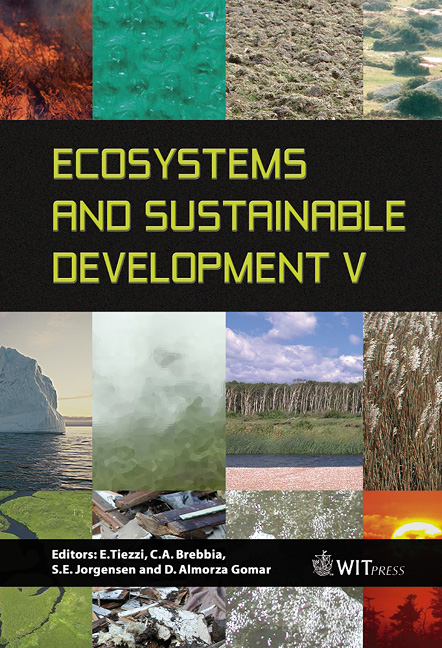An Evolutionary Approach To Simulate An Industrial System
Price
Free (open access)
Transaction
Volume
81
Pages
7
Published
2005
Size
373 kb
Paper DOI
10.2495/ECO050091
Copyright
WIT Press
Author(s)
G. Confessore, G. Liotta & S. Rismondo
Abstract
The Technology Transfer is successfully carried out by means of a strong partnership among industrial partners, banking systems, finance corporations, research institutes and public bodies. One of the main motivations for these partnerships is given by favourable boundary conditions such as local economic and legislative situations. On this point, Industrial Systems (ISs) represent at a world wide level an important example of Technology Transfer when they are defined in geographical areas (i.e., the Italian industrial districts). Therefore, an IS is characterized by strong interrelationships among partners. We focus on these interrelationships by taking into account a new scenario where, for instance, the research partners are geographically spread while the industrial partners are located in a specific area in which they could exploit the opportunities provided by local conditions. We investigate these issues through the definition of a new model architecture able to represent and predict both the behaviour of the IS actors and the Technology Transfer effect. In particular, we introduce a Complex Adaptive System (CAS), that is, a flexible system: it reveals internal attributes able to exploit the diversity and to produce local innovations in response to environmental changes. In our CAS, we include some concepts of the evolution theory typical of the eco-system that well model the interrelationship we study. 1 Introduction An Industrial System (IS) is composed of heterogeneous entities such companies, banking system, finance corporations, research institutes and public
Keywords





